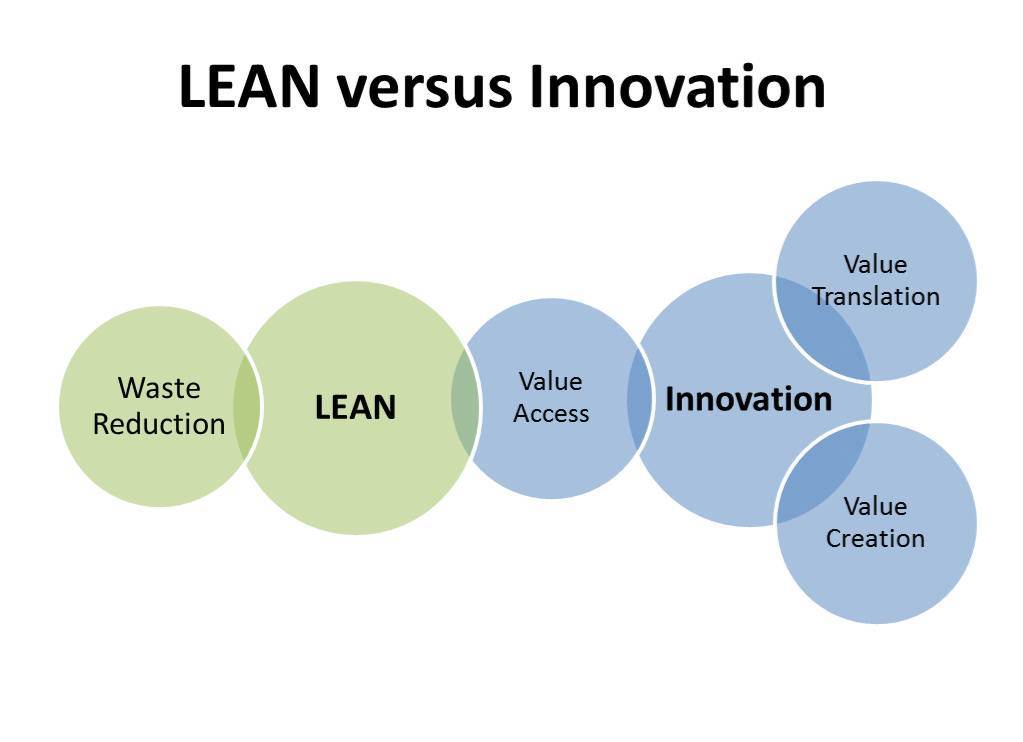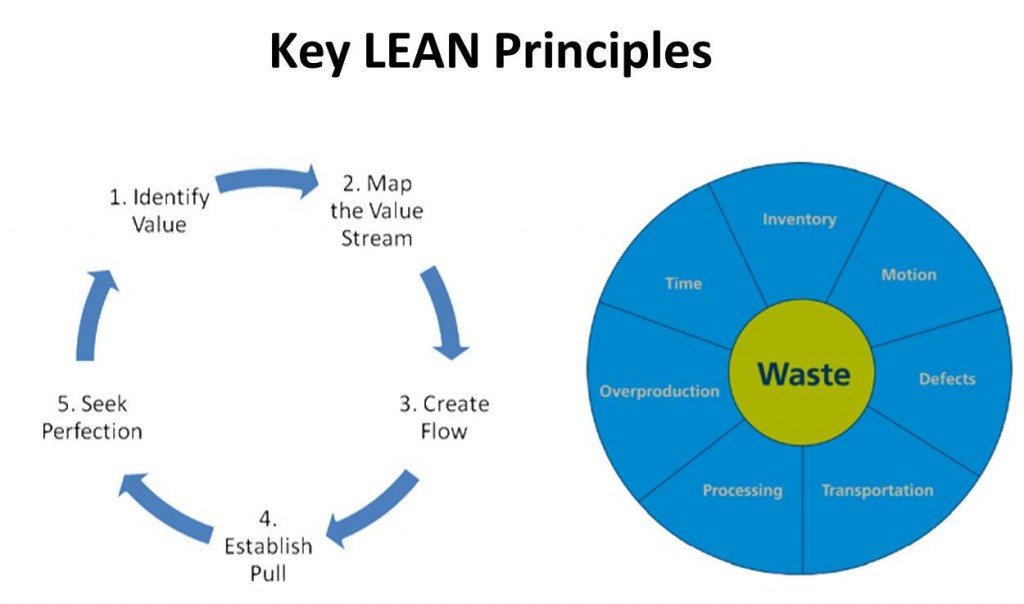
What Matters Most Management (WMMM) is the Key to Success
Most times you’ll see this posed as a question “What matters most?” as people grapple with finding the meaning of life. That is not the case here…
Instead I would like to share with you my simple management philosophy that will help you be more successful in today’s sometimes overwhelming, chaotic world of too many competing demands on your time.
I will help you succeed on a whim! (well, okay a WMMM)
Your success in this case comes from following the whim (or WMMM) of What Matters Most Management. It can be tailored for use in managing your time, a project, etc. For simplicity we’ll look at time management today by popular request (people ask me all the time how I manage to get so much done).
It involves quite simply making a quick inventory of all of the things that you could focus on today, or that you’re being asked to focus on, and identifying three key things:
1. How big of an impact will completing this task have (Hi/Med/Lo)
2. How big of an effort will it take to complete this task (Hi/Med/Lo)
3. When will my energy be the best for completing this task (Morning/Afternoon/Evening)
This daily inventory of tasks can be done in your head, or on paper, depending on how detail oriented you are. After you have your mental or written list, then plan your day, prioritizing of course any tasks with a low effort/high impact combination (often very rare).
You will also want to prioritize any tasks that involve getting others to do work. Getting others started on their work sooner rather than later, will lead to those tasks getting done faster because they are not sitting in your inbox.
Consider also whether it makes sense to start a task you can’t finish today or not. Sometimes there is no advantage to starting something today instead of tomorrow if you’ll end up finishing it tomorrow either way. Other times there will be tasks you need to finish tomorrow that you’ll have to start today to make it work. Going through this exercise is how you’ll identify What Matters Most (WMM).
I find this method to suit an organic person like me much more than a rigid system like Franklin Covey, plus systems like that don’t take into account when the ideal time might be to do a certain type of work based on the composition of your day and personal energy patterns. Save up somewhat mindless, administrative type work for when you’re brain is tired and do your more creative, intense work when your mind is fresh.
It’s also amazing how frequently the Pareto Principle proves out (where the items that deliver 80% of the value only require 20% of your effort, and vice versa). Focus on that 20% that will drive the 80% of your potential positive perception in the minds of others and in tangible impact in your life.
The WMMM approach works the same on projects, and can be super powerful when a family, project team, etc. all follow a similar philosophy.
The WMMM approach can also be used by product managers and entrepreneurs to create more successful products and services!
Go ahead! Try it! I think you’ll find that you’ll get more done, and sometimes more importantly, people will notice.
Image credit: earningmoneytoday.com
This article originally appeared on Linkedin

![]() Sign up here to get Human-Centered Change & Innovation Weekly delivered to your inbox every week.
Sign up here to get Human-Centered Change & Innovation Weekly delivered to your inbox every week.
 I’ve started working with a
I’ve started working with a  This set off a firestorm of criticism and put the launch at risk of failure. But amazingly Apple managed to come up with the Out of Home (OOH) advertisements with a person with their feet up on a couch and the iPad on their lap (see above) by the time the product shipping. If a picture is worth a thousand words, this particular picture will probably end up being worth billions of dollars to Apple.
This set off a firestorm of criticism and put the launch at risk of failure. But amazingly Apple managed to come up with the Out of Home (OOH) advertisements with a person with their feet up on a couch and the iPad on their lap (see above) by the time the product shipping. If a picture is worth a thousand words, this particular picture will probably end up being worth billions of dollars to Apple.

